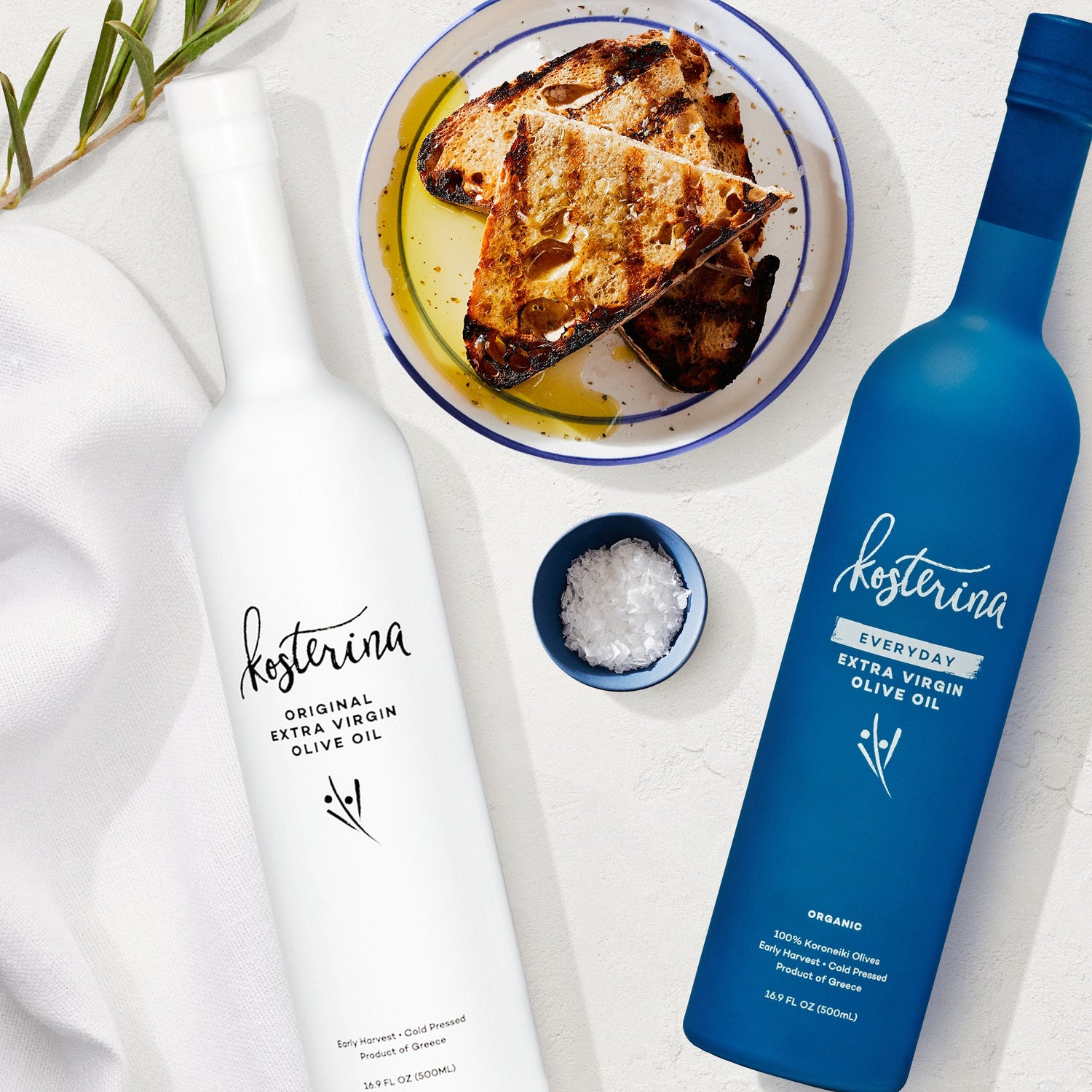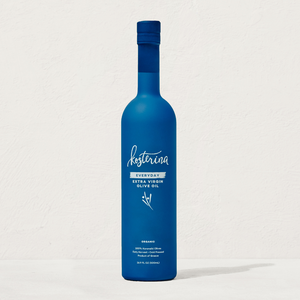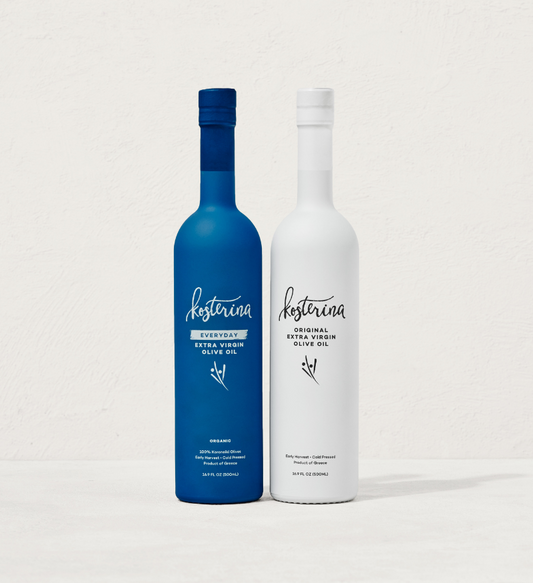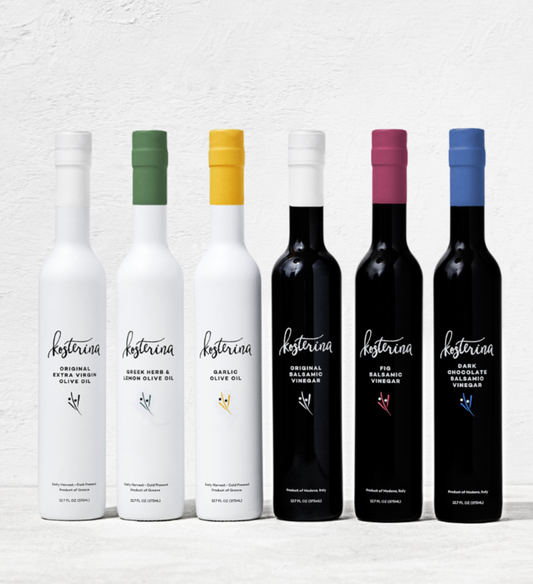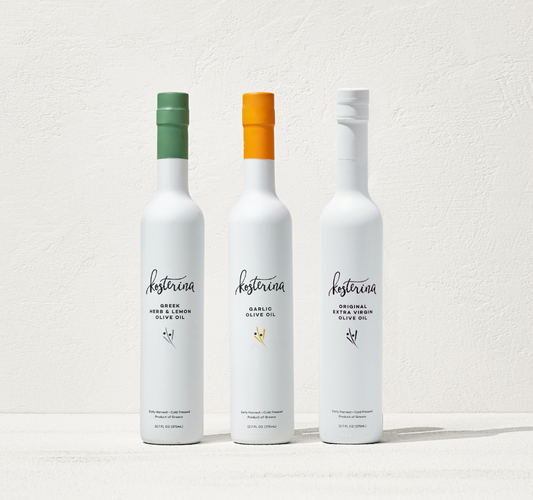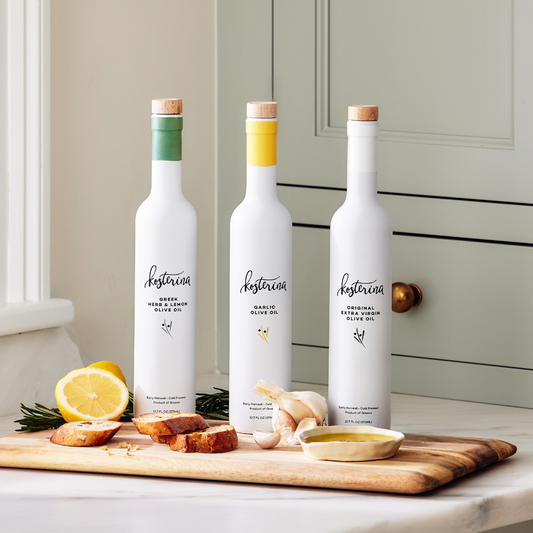Hi Kosterina Family,
I recently read a book called Fatal Conveniences by Darin Olien. If you watched the Down to Earth series on Netflix with Zac Efron – Darren was his co-star. Even just the title of book itself has helped me reframe how I think about some of the day-to-day choices I make. In the book, Olien puts out some serious warnings on the effects of PFAS. But what are they, what’s the harm and where do we find them?
PFAS (Per- and Polyfluoroalkyl Substances) have been gaining attention for scary reasons. New research continues to come to light, suggesting their harmful impact on human health and the environment. Deemed "forever chemicals", PFAS resist degradation which means there is and increasingly widespread & harmful presence of them in our environment (and even in our drinking water). These chemicals apparently find their way into our environment through industrial discharges, improper disposal, and through the use of PFAS-containing consumer products.
And one of the most common places they are lurking: in our cookware.
PFAS in Cookware: The Silent Culprit
Cookware, especially non-stick varieties, can be a hidden source of exposure to these potentially harmful forever chemicals. Some non-stick pans are coated with a PFAS-based substance, colloquially known as Teflon. While it’s super convenient for cooking and cleaning, it poses potential risks when exposed to high heat or scratches (PFAS chemicals can even leach into the food). Over time, the coating may deteriorate, releasing particles into the air, and potentially leading to inhalation exposure. But I’m guilty of it too. When I’m in a rush to make the kids breakfast – I reach for the non-stick pan. A fatal convenience.
PFAS are also found in many other products like stain-resistant and water-resistant fabrics, some cleaning products and even things like dental floss.
The Impact of PFAS
Research has linked PFAS exposure to adverse health effects, including immune system disruption, hormone interference, and even an increased risk of certain cancers.
And just as bad if not worse, the use of PFAS can have long-lasting impacts on our ecosystem, polluting our water, dirt, and even the air we breathe. And they can be incredibly damaging to surrounding flora and fauna.
Minimizing PFAS Intake: Practical Solutions
- Opt for Safe Cookware Alternatives: Consider alternatives like stainless steel, cast iron, ceramic, or glass cookware that do not contain PFAS.
- Replace Damaged Cookware: If you must use non-stick cookware, regularly inspect for signs of wear, scratches, or flaking coatings. If you see damage, toss it!
- Avoid High Cooking Temperatures: Refrain from cooking at excessively high temperatures with non-stick cookware. Stick to medium or low heat settings to minimize the chances of PFAS leaching into your food. (And a reminder that cooking with olive oil is truly the best choice. Seed oils emit a high level of free radicals when temperature is applied and EVOO has been deemed one of the safest oils to cook with.
- Use Different Cooking Utensils: Employ silicone, wood, or stainless steel utensils instead of metal ones to prevent scratching the cookware's surface and reducing PFAS exposure.
So let’s at least all be aware of this so we can begin to adopt safer alternatives and practices. We can support the companies that are doing the right thing and significantly reduce our intake of PFAS. We at Kosterina try our best to make informed choices about what we put in our bodies, and our hope is to help all our readers do the same for a longer, healthier and happier life.
Peace, love & EVOO,
Katina & the Kosterina team
